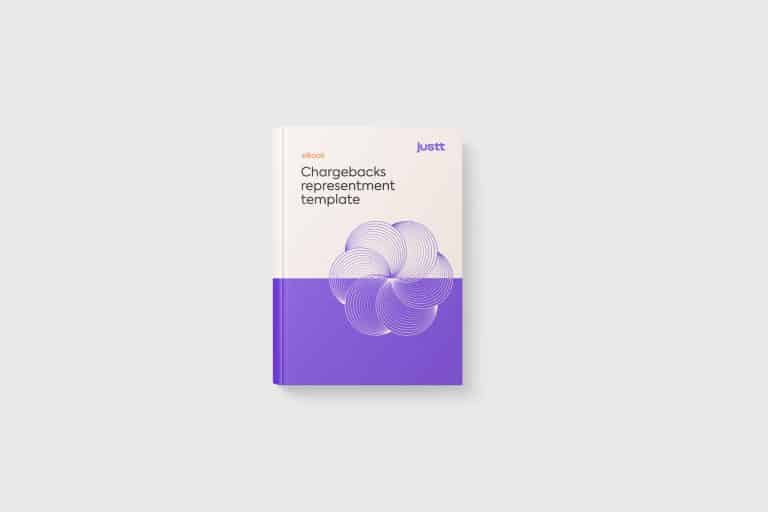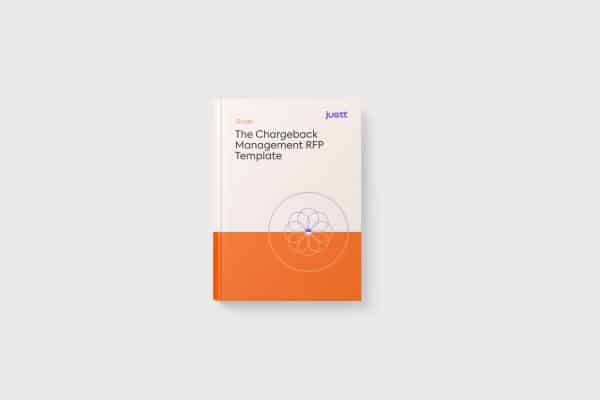Merchants are not new to dealing with chargebacks, which require action – simply letting them eat away at revenue is not a viable option in the long run. In the past few years, chargebacks threaten the bottom line more than ever, a direct result of an increasingly complex landscape that sees both increases in fraud and mounting fees related to receiving and disputing chargebacks. Every lost dispute eats away at margins, erasing not only the transaction value, but also accumulating fees and labor costs.
The most frustrating part is that most chargeback disputes are lost not because the merchant was in the wrong, but because the response was rushed, incomplete, or relied on an outdated template. If you can fix that part of your chargeback dispute, you’ll see better results.
In this guide, you’ll learn:
- The exact structure of a high-performing representment letter
- The 7 pieces of evidence that greatly improve win rates
- Why most merchants lose chargebacks (and how to stop it)
- A free download to upgrade your dispute responses immediately
Why Most Merchants Lose Chargeback Disputes
Chargeback representment is deceptively complex. Issuers only spend a few minutes (at most) reviewing your submission. That means long blocks of text get ignored, disorganized evidence is discarded, and missing or misaligned documentation often results in instant losses. Look out for errors like:
- Overloading the cover letter with unnecessary narrative or background info, burying key evidence inside large files or long text blocks
- Using outdated templates that no longer align with card network expectations
- Submitting mismatched documentation, like a receipt that doesn’t match the disputed amount
- Relying on a single static flow that ignores issuer-specific nuances
Merchants also need to stay current with card network updates. Visa and Mastercard revise their rules twice a year, with major overhauls every few years—like the new Visa Acquirer Monitoring Program. If you’re still relying on a generic template from 2024, you’re likely leaving money on the table.
The 7 Building Blocks of a Winning Chargeback Letter
A successful representment tells a simple, matter-of-fact story of what happened. It demonstrates that the transaction was legitimate and that the merchant fulfilled their obligations. Here’s what should be included:
1. Chargeback Overview
Include the transaction ID, date, and chargeback reason code. Address the letter to the issuing bank clearly and professionally.
2. Liability & Compliance Proof
Use 3D Secure authentication records. Reference Visa CE 3.0 or Mastercard rules, depending on the network. If a refund occurred prior to the chargeback, show proof.
3. AVS & CVV Match Evidence
Attach screenshots or logs showing AVS (‘Y’, ‘X’) and CVV (‘M’, ‘Y’) matches. These serve as first-line indicators that the cardholder authorized the transaction.
4. Transaction Environment Metadata
Include device fingerprint, browser, OS, IP address and geolocation, login timestamps, and historical behavior. This data helps create a behavioral consistency trail that is compelling to issuers.
5. Identity Verification
Provide proof of MFA, login history, or email confirmations, as well as any verification checks used during checkout.
6. Proof of Fulfillment
For physical goods: shipping confirmation with tracking details. For digital goods: usage logs, file access, or download receipts.
7. Communication History
Provide emails, support chats, or refund negotiations with the cardholder to show good faith efforts to resolve the issue.
The Chargeback Representment Template
At Justt, we’ve seen firsthand what works, and what doesn’t. Our team of chargeback experts built this template based on:
- Insights from 4M+ disputes handled
- Experience across 50+ payment processors
- Real-world testing and refinement with enterprise brands like Best Buy, Affirm, and Klarna
Merchants who use this structure set themselves up for stronger, more successful disputes. At Justt, we take it even further—using AI to generate dynamic arguments that adapt to each case, tailoring evidence, language, and strategy based on issuer behavior, reason code, and historical patterns.
If you’re looking for a smarter, more adaptive way to fight chargebacks, request a demo to see how Justt can help.
Download the Free Template
Stop losing chargebacks because of an outdated representment strategy. Download our free Chargeback Representment Template and start fighting back with precision and clarity.
FAQs
What makes a representment letter successful?
The most effective letters are concise, clearly structured, and directly aligned with the reason code. Issuers often spend only a few minutes reviewing a case, so your strongest points and supporting evidence need to be front and center.
What kind of evidence should I include?
It depends on the reason code, but generally: proof of delivery, transaction logs, customer communication, terms of service acceptance, refund policies, and any usage data that shows the customer authorized or benefited from the transaction.
How long should the cover letter be?
Shorter is better—as long as it’s clear. Avoid long narrative blocks. Use bullet points, label your evidence clearly, and speak directly to the chargeback reason. Think of it as a legal brief, not a support ticket.
Can I reuse the same template for every dispute?
You can use a consistent structure, but not a one-size-fits-all message. Each dispute should be adapted to the specific chargeback reason, customer context, and issuer preferences. At Justt, we use dynamic templates that adjust automatically based on the details of each case.
How often do card network rules change?
Visa and Mastercard update their guidelines twice a year, with occasional larger changes—like Visa’s updated VAMP program. If your representment strategy hasn’t changed in the last year, it’s likely outdated.
How does Justt help with representments?
Justt uses AI to generate dynamic, case-specific arguments and organizes evidence to maximize clarity and compliance. Our system adapts to reason codes, issuers, and changing rules, so you’re not relying on outdated templates or generic workflows.



